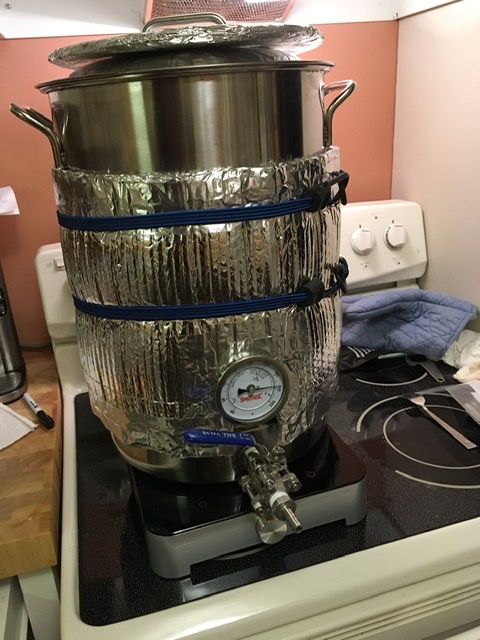Wintry Mix
Member
- Joined
- Aug 31, 2019
- Messages
- 15
- Reaction score
- 7
I've been tossing around ideas to get my brewing off the kitchen stove and decided to try this induction burner .
It's said to handle 60 pounds.
I wonder if the temperature probe will work out.
Any here have any experience with this burner?
It's said to handle 60 pounds.
I wonder if the temperature probe will work out.
Any here have any experience with this burner?
















![Craft A Brew - Safale BE-256 Yeast - Fermentis - Belgian Ale Dry Yeast - For Belgian & Strong Ales - Ingredients for Home Brewing - Beer Making Supplies - [3 Pack]](https://m.media-amazon.com/images/I/51bcKEwQmWL._SL500_.jpg)










































